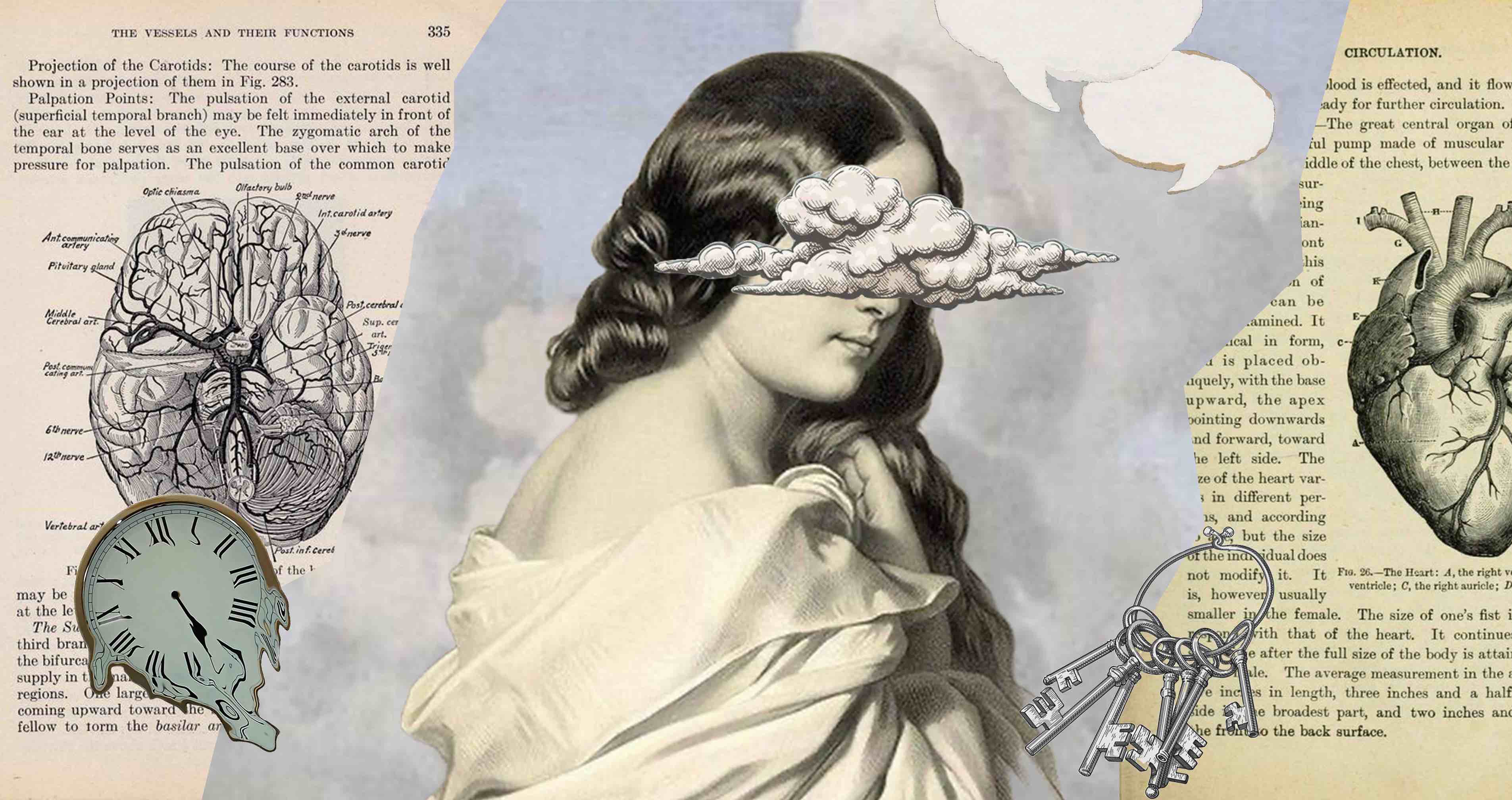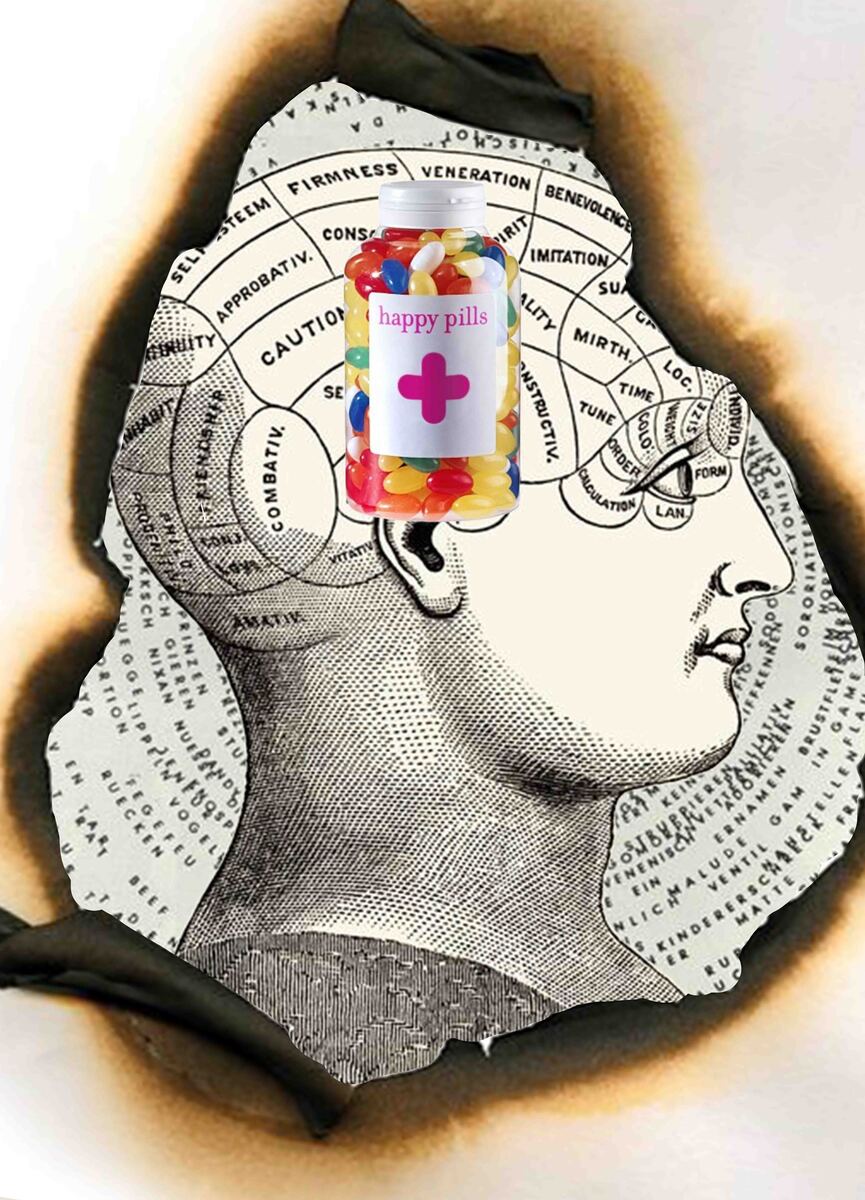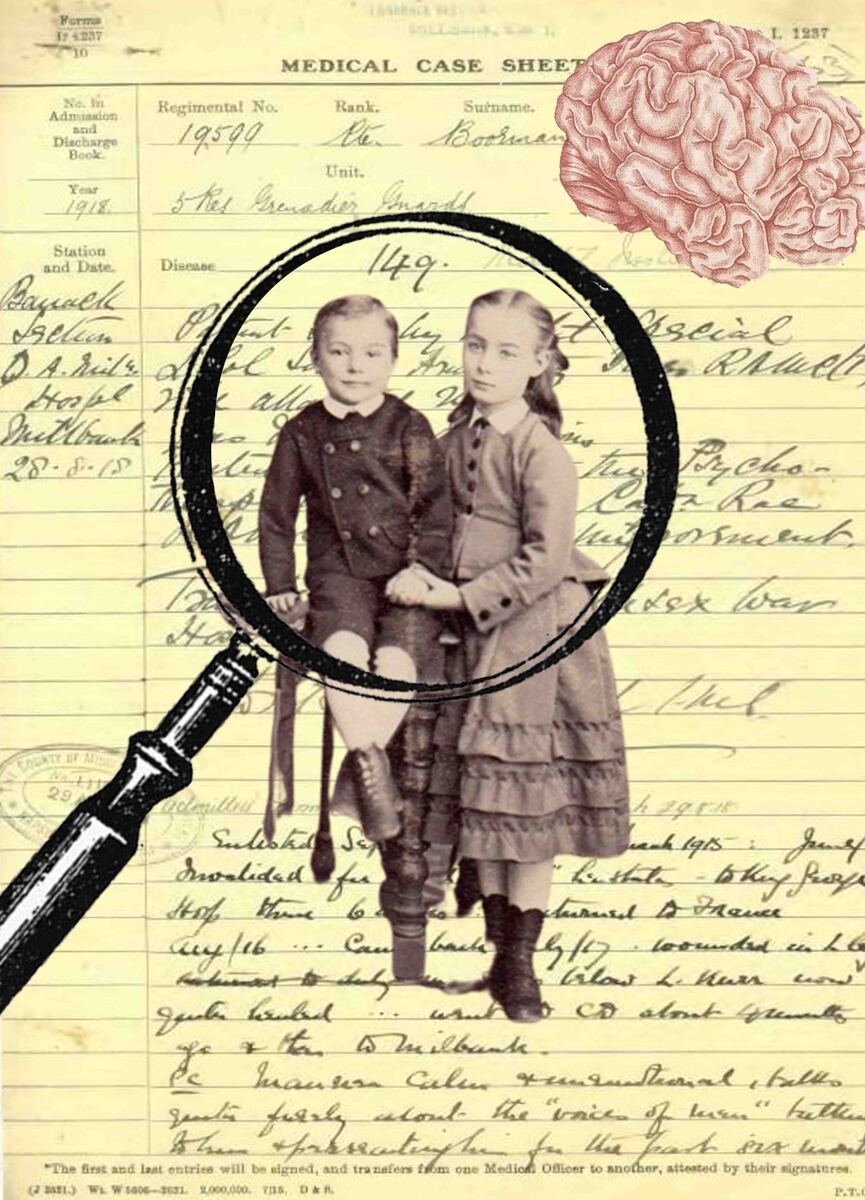
Common Myths and Misconceptions About ADHD
Dispelling myths about ADHD for better understanding and support.
Attention Deficit Hyperactivity Disorder (ADHD) is one of the most commonly diagnosed neurodevelopmental disorders, yet it is also one of the most misunderstood. Misconceptions and myths about ADHD contribute to stigma and misinformation, affecting the lives of those who have it. In this blog, we’ll explore some of the most pervasive myths about ADHD and set the record straight.
Myth 1: ADHD Is Not a Real Medical Condition
Fact: ADHD is a well-documented medical condition recognized by major health organizations, including the American Psychiatric Association (APA) and the World Health Organization (WHO). It is included in the Diagnostic and Statistical Manual of Mental Disorders (DSM-5) and the International Classification of Diseases (ICD-11). ADHD involves differences in brain structure and function that affect attention, self-control, and executive functioning.
Myth 2: ADHD Only Affects Children
Fact: While ADHD is often diagnosed in childhood, it does not simply disappear as one gets older. Many adults continue to experience symptoms of ADHD, although they might present differently than in children. Adults with ADHD may struggle with time management, organization, and maintaining focus in professional settings. A significant number of adults with ADHD may go undiagnosed or misdiagnosed, attributing their challenges to other factors.

Myth 3: ADHD Is Caused by Poor Parenting
Fact: ADHD does not result from poor parenting or lack of discipline. It is a neurodevelopmental disorder with a vital genetic component. Research has shown that ADHD runs in families, indicating that genetics play a significant role. Environmental factors, such as exposure to toxins during pregnancy, can also contribute, but they do not negate the genetic underpinnings.
Myth 4: Everyone with ADHD Is Hyperactive
Fact: ADHD manifests in different ways, and not everyone with the disorder is hyperactive. There are three types of ADHD:
1. Predominantly Inattentive Presentation: People struggle mainly with attention and focus.
2. Predominantly Hyperactive-Impulsive Presentation: People exhibit hyperactive and impulsive behaviors.
3. Combined Presentation: People display inattentive and hyperactive-impulsive symptoms.
The inattentive type, often referred to as ADD (Attention Deficit Disorder), does not include the hyperactivity component and can be less noticeable, especially in adults.
Myth 5: ADHD Is Just an Excuse for Laziness
Fact: ADHD is not a matter of laziness or lack of willpower. People with ADHD often exert tremendous effort to complete tasks that others find simple. The disorder affects the brain's executive functions, crucial for planning, organizing, and sustaining effort over time. Misinterpreting these challenges as laziness overlooks the real, underlying difficulties faced by those with ADHD.

Myth 6: Medication Is the Only Treatment for ADHD
Fact: While medication can be a practical part of ADHD treatment, it is not the only option. A comprehensive treatment plan often includes behavioral therapy, lifestyle changes, and educational support. Cognitive-behavioral therapy (CBT) can help people develop coping strategies, while organizational tools and techniques, such as calendars and reminders, can assist in managing daily tasks.
One innovative tool that has gained popularity is body doubling apps. Body doubling involves doing a task in the presence of another person or people. Your body double doesn’t actively help, engage, or interfere with your tasks. They are a silent, passive accountability partner that exists in your environment. This strategy can boost motivation and make even the most tedious tasks seem less overwhelming and more enjoyable. Many people with ADHD find that having a body double helps them stay focused and complete tasks more efficiently.
Myth 7: ADHD Affects Boys More Than Girls
Fact: ADHD is diagnosed more frequently in boys than in girls, but this does not mean it is less common in girls. Girls with ADHD often exhibit less overtly hyperactive behaviors and more inattentiveness, which can lead to underdiagnosis or misdiagnosis. Girls with ADHD may be perceived as dreamy or disorganized, and their struggles might be attributed to personality traits rather than a medical condition. As awareness increases, more girls are correctly diagnosed and receiving help.

Myth 8: People with ADHD Can't Succeed in Life
Fact: Many people with ADHD lead highly successful and productive lives. With proper management and support, they can harness their strengths and excel in various fields. Some well-known successful people with ADHD include entrepreneurs, athletes, artists, and entertainers. The key is understanding and addressing the unique challenges posed by ADHD, allowing these people to thrive.
Myth 9: ADHD Is Overdiagnosed
Fact: While it may seem that ADHD is being diagnosed more frequently, this increase is likely due to better awareness and understanding of the disorder rather than overdiagnosis. Improved diagnostic criteria and greater recognition of ADHD in adults contribute to more accurate diagnoses. However, it is crucial to ensure that diagnoses are made by qualified professionals based on comprehensive assessments.
Final Thoughts
Dispelling myths and misconceptions about ADHD is essential for reducing stigma and promoting understanding. ADHD is a legitimate medical condition that affects people of all ages and genders. With the proper support and strategies, including innovative tools like body doubling apps, people with ADHD can manage their symptoms and achieve their full potential. Recognizing the reality of ADHD and providing appropriate support can make a significant difference in the lives of those affected by this disorder.











